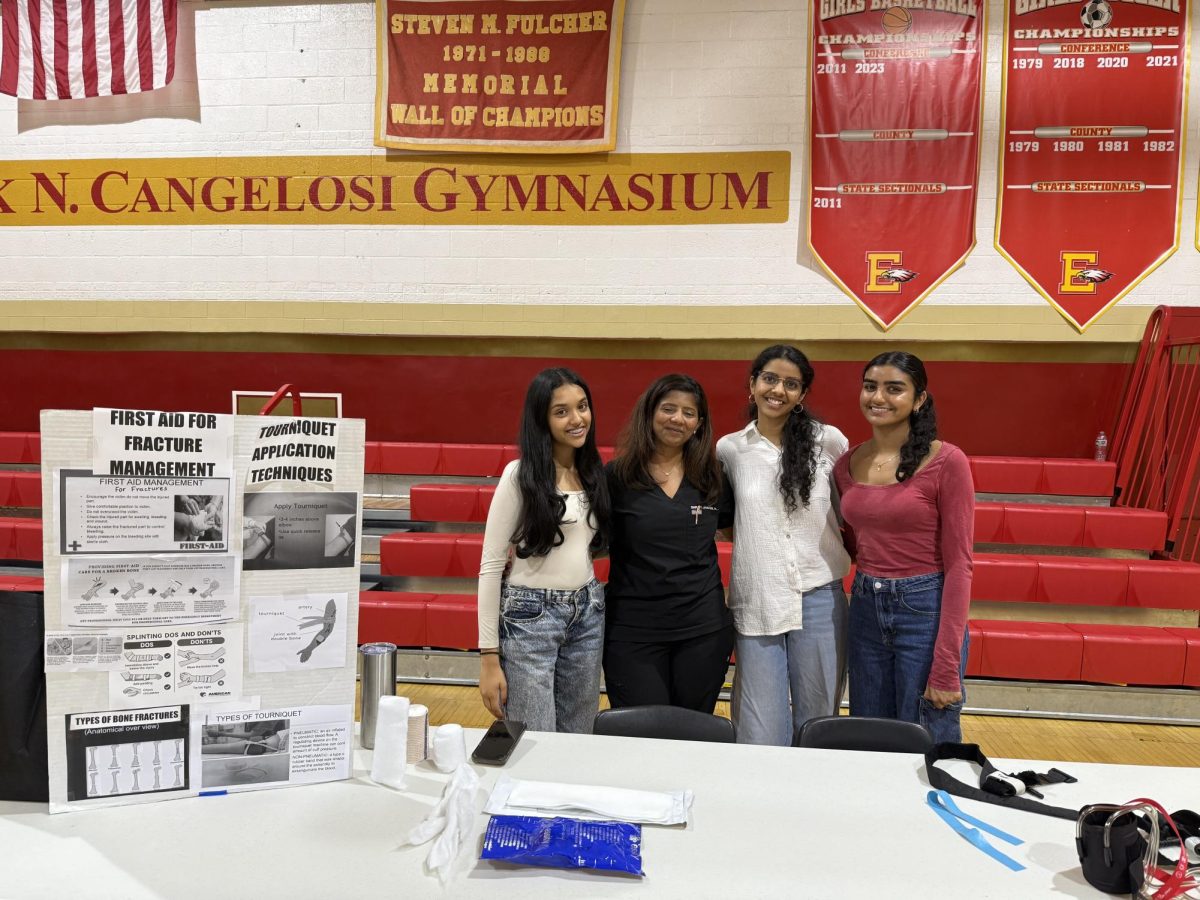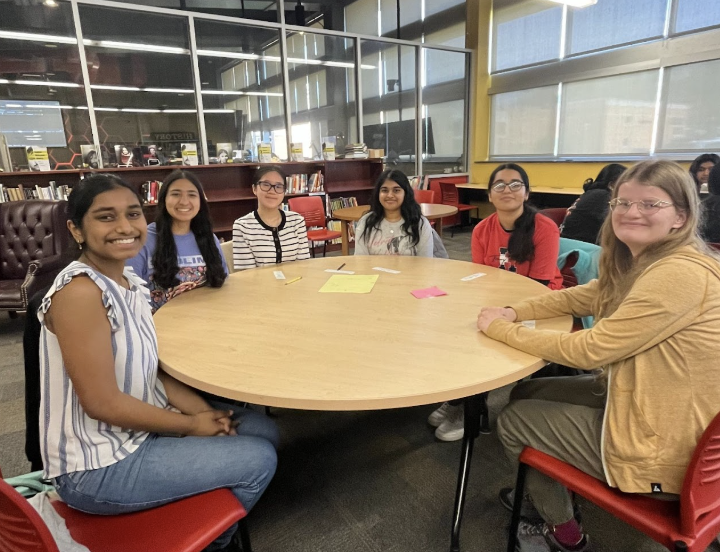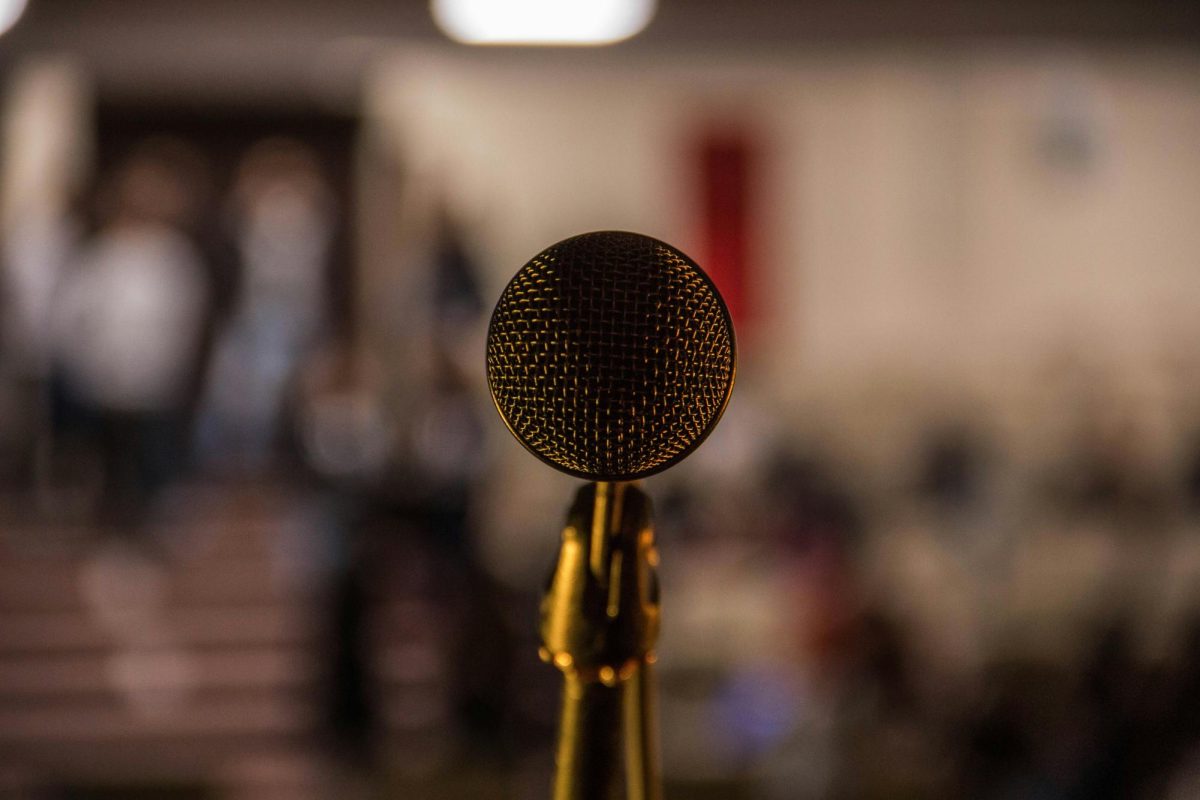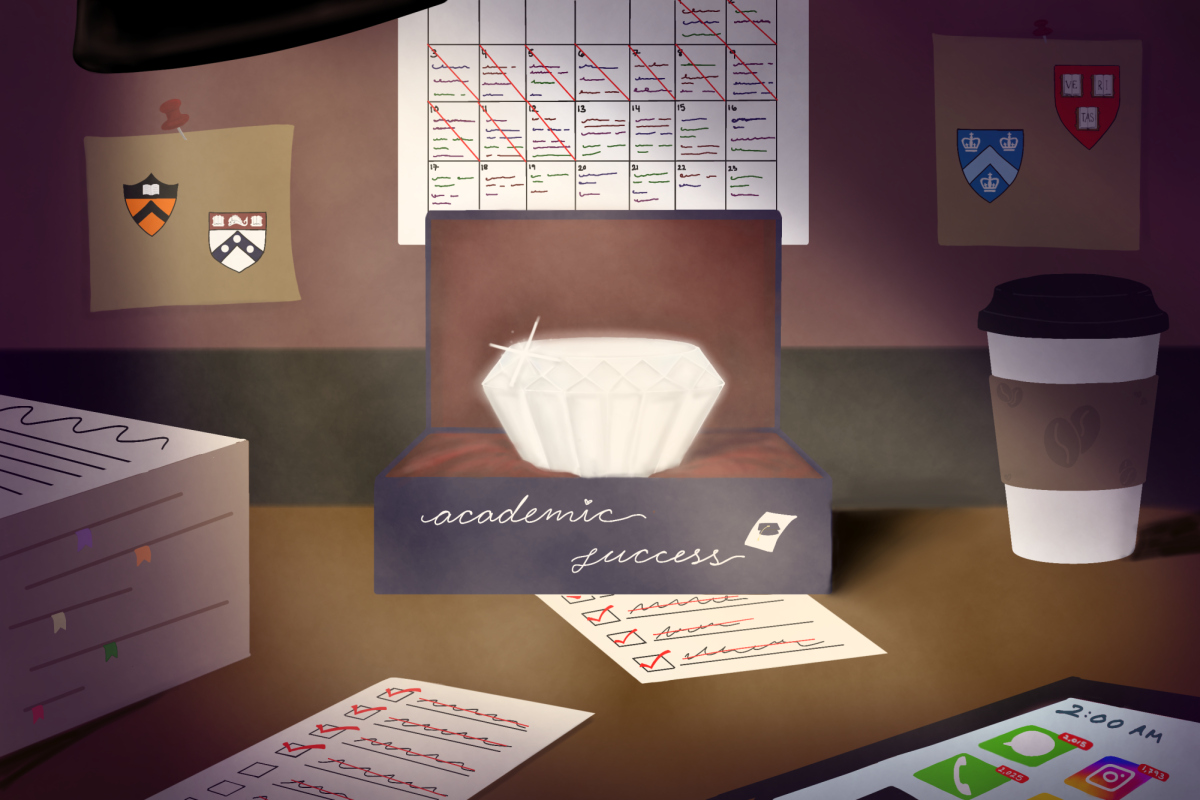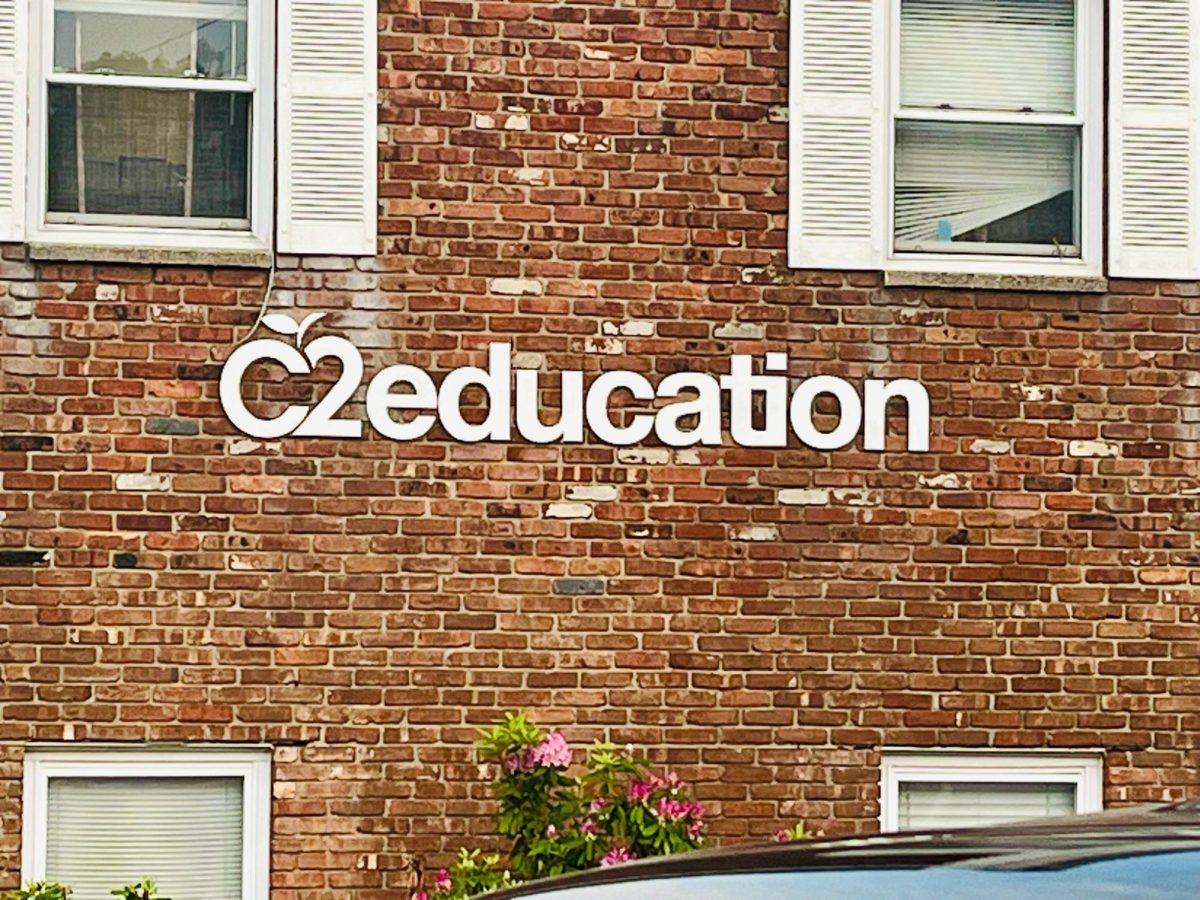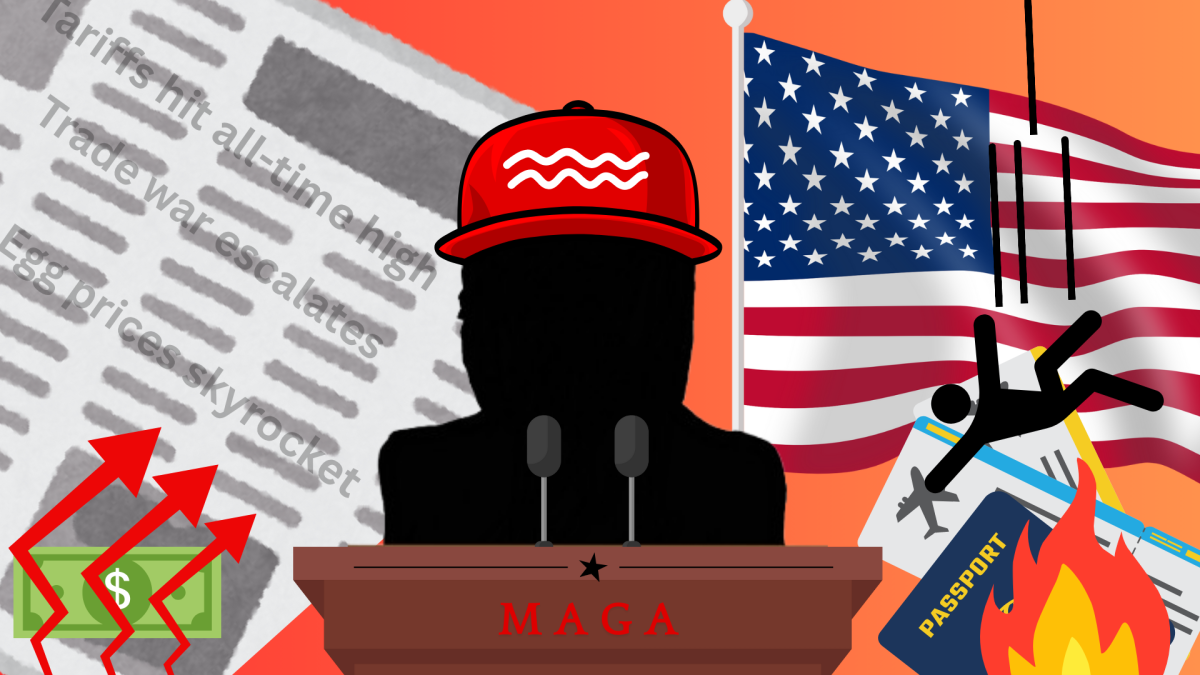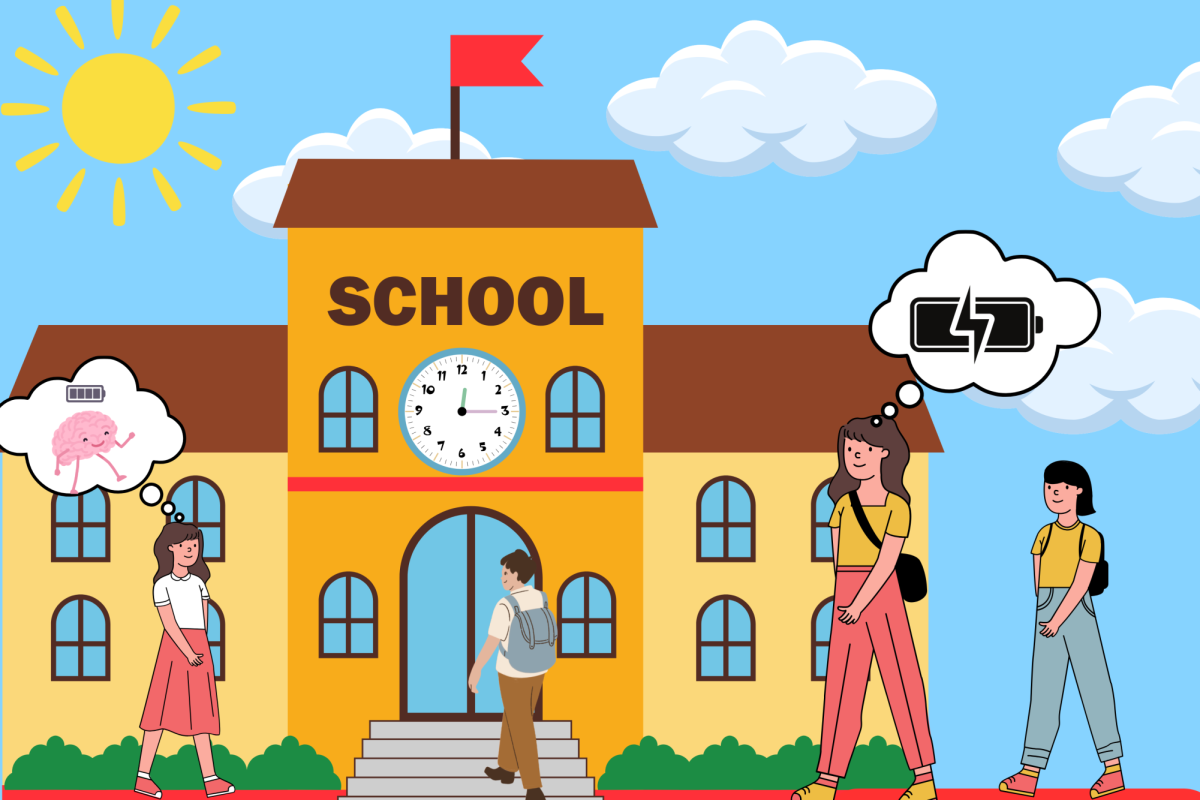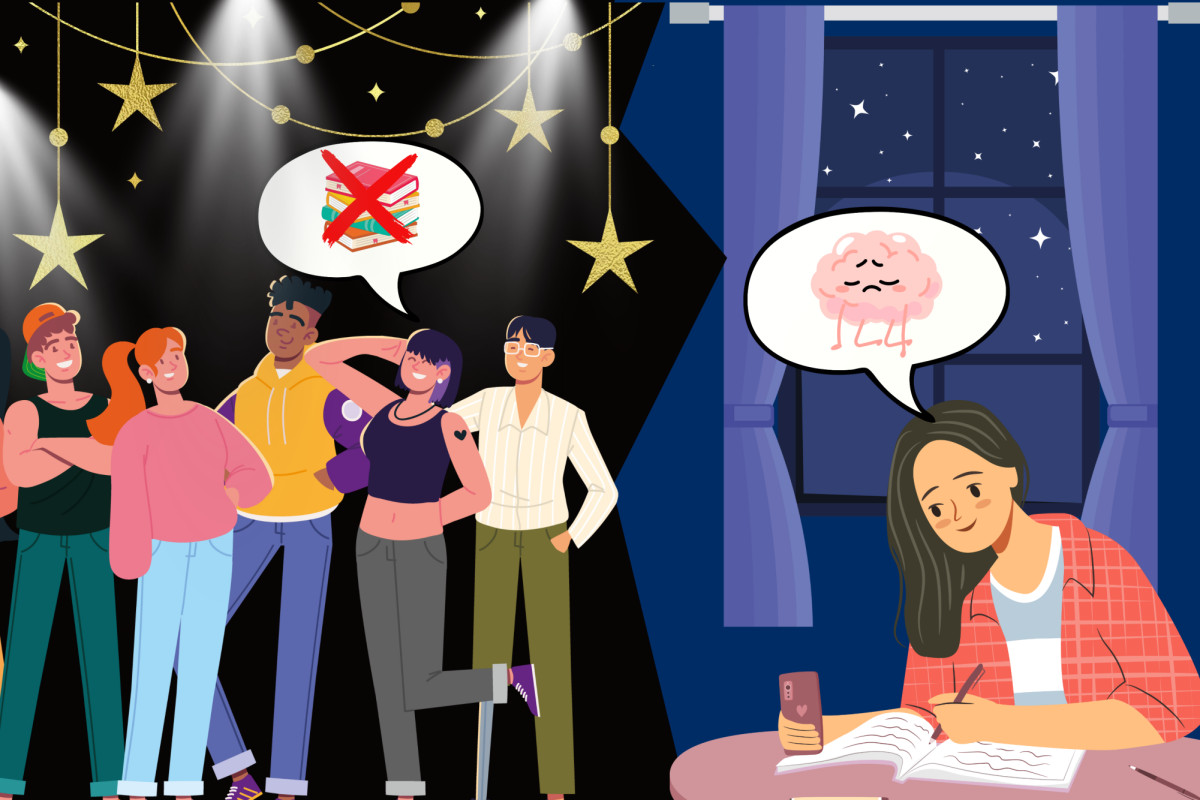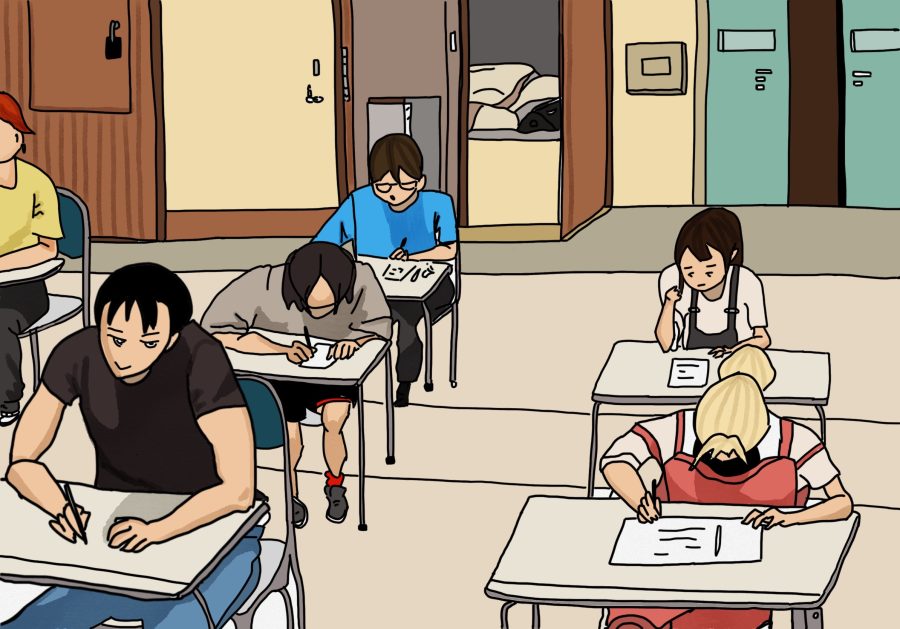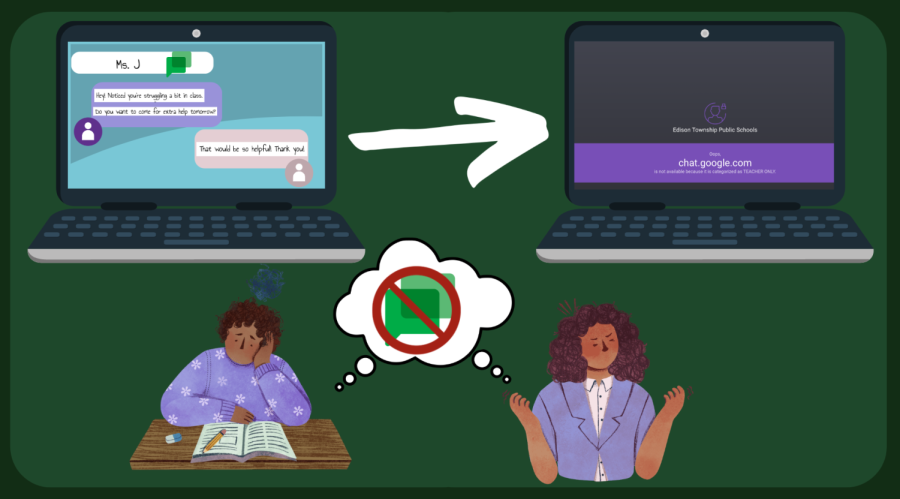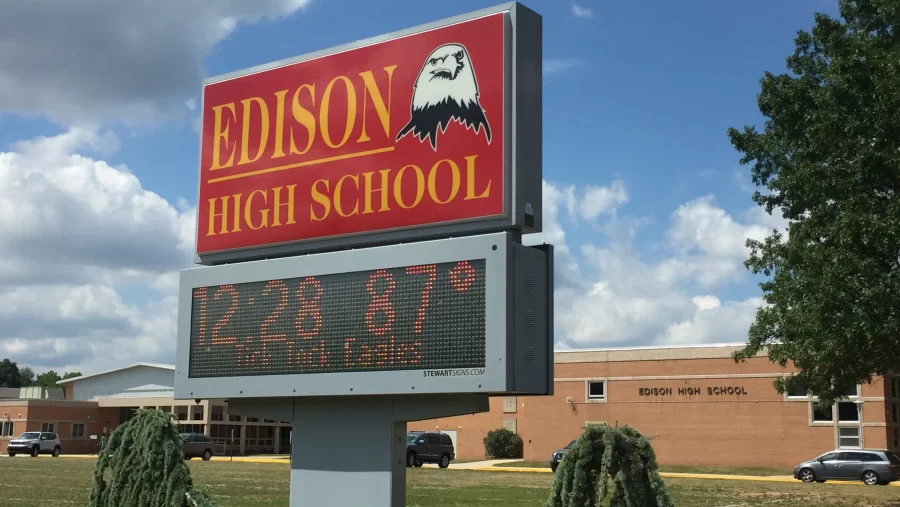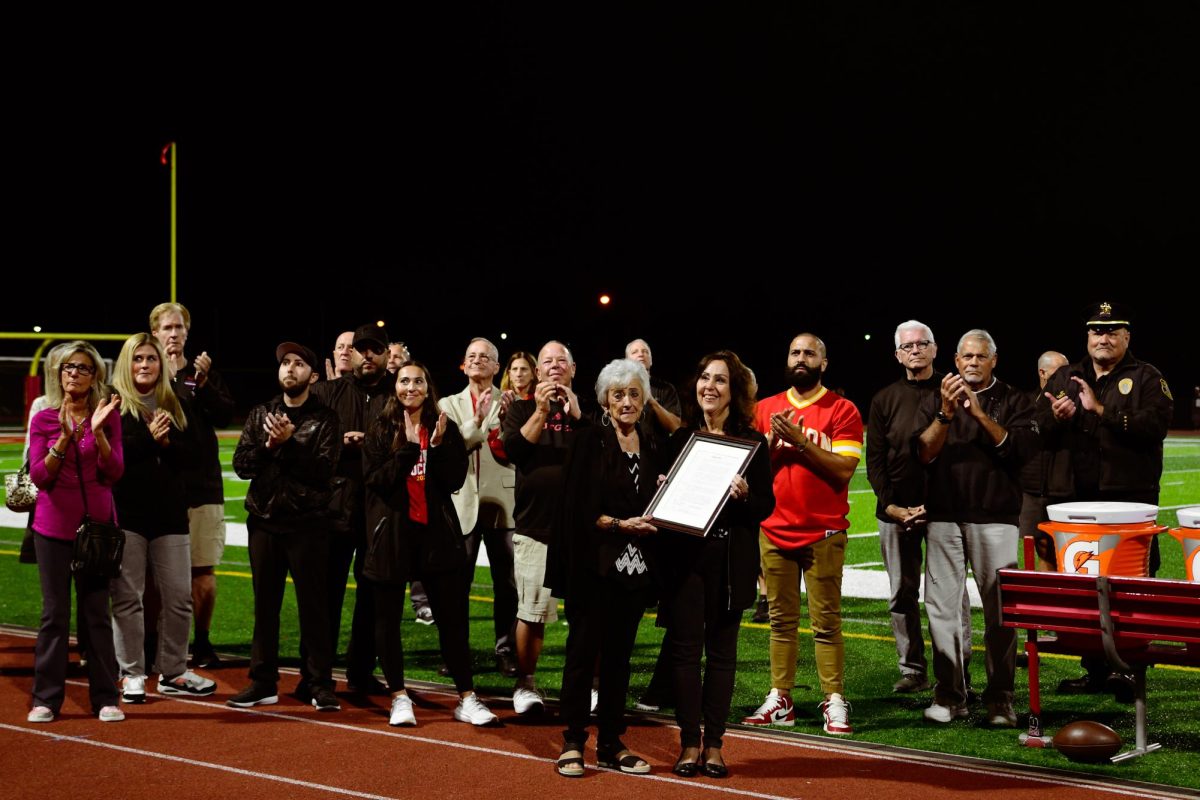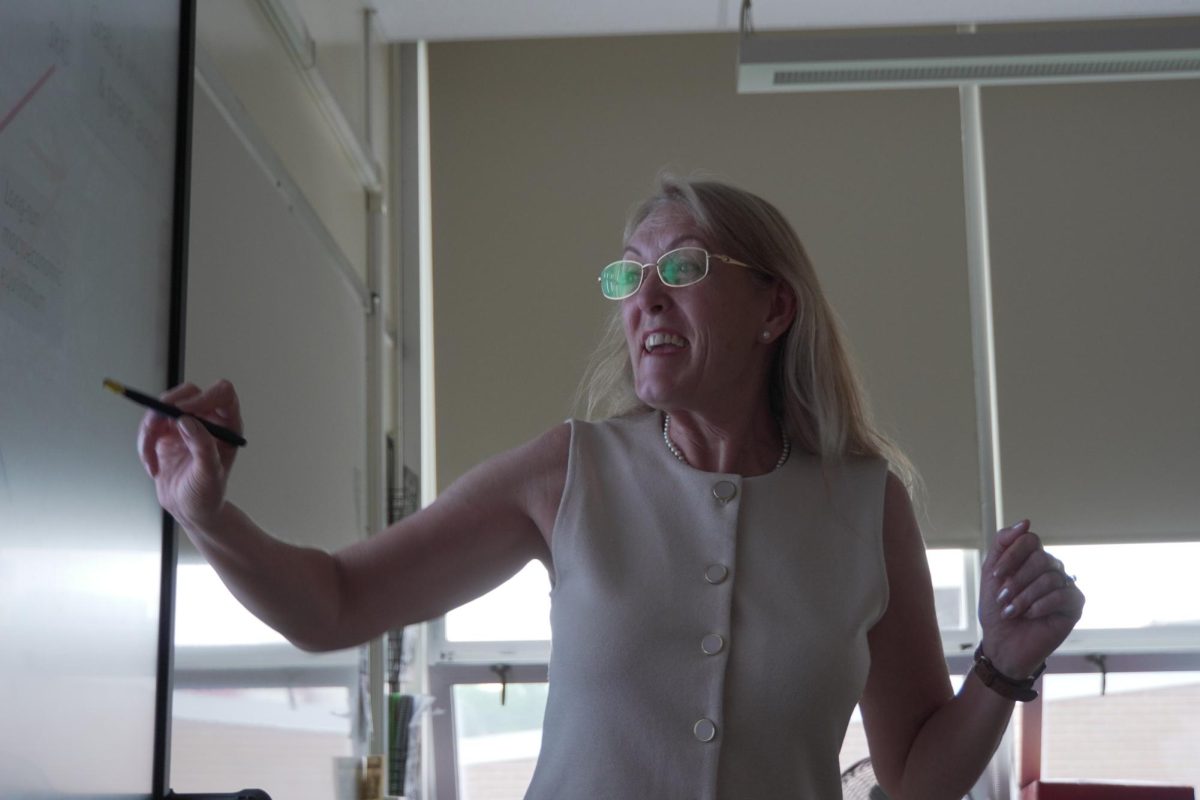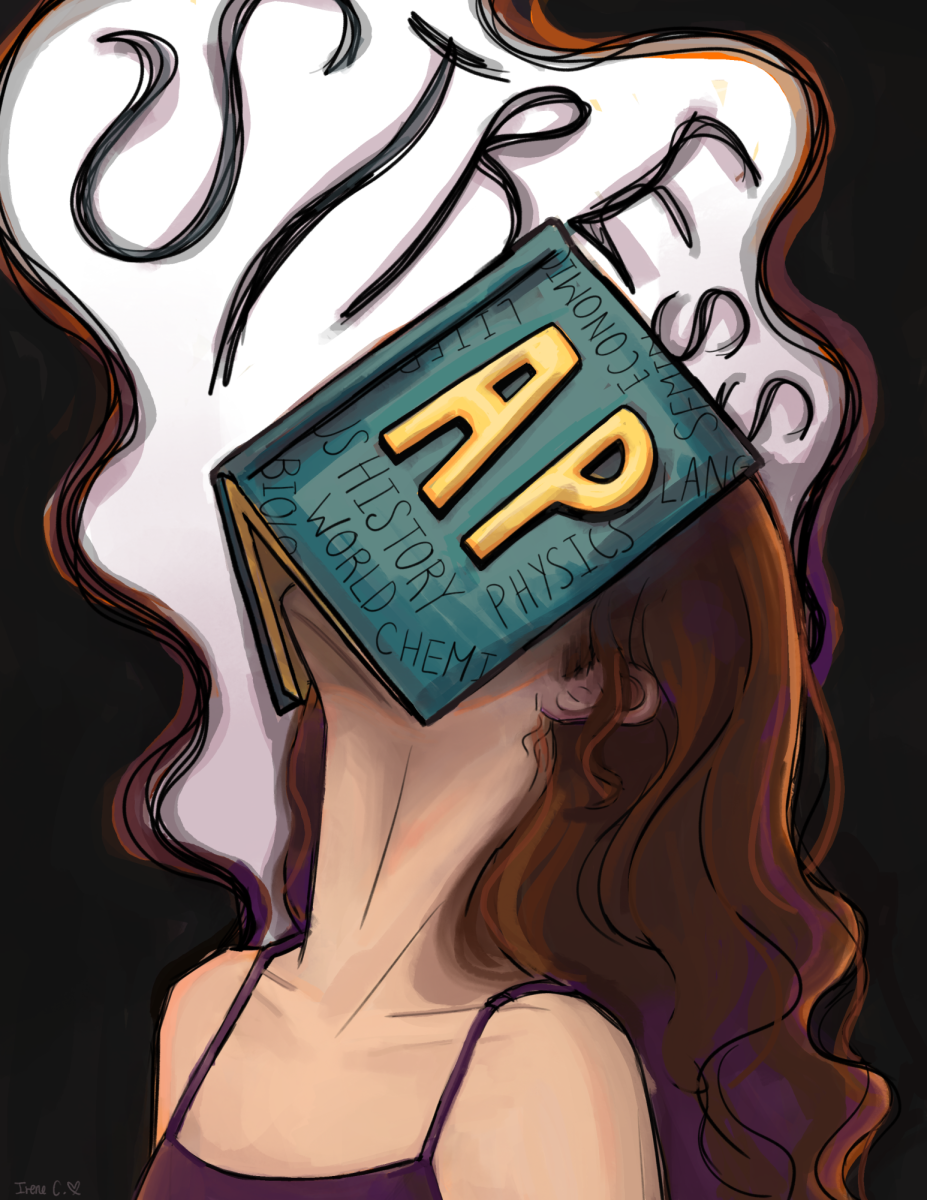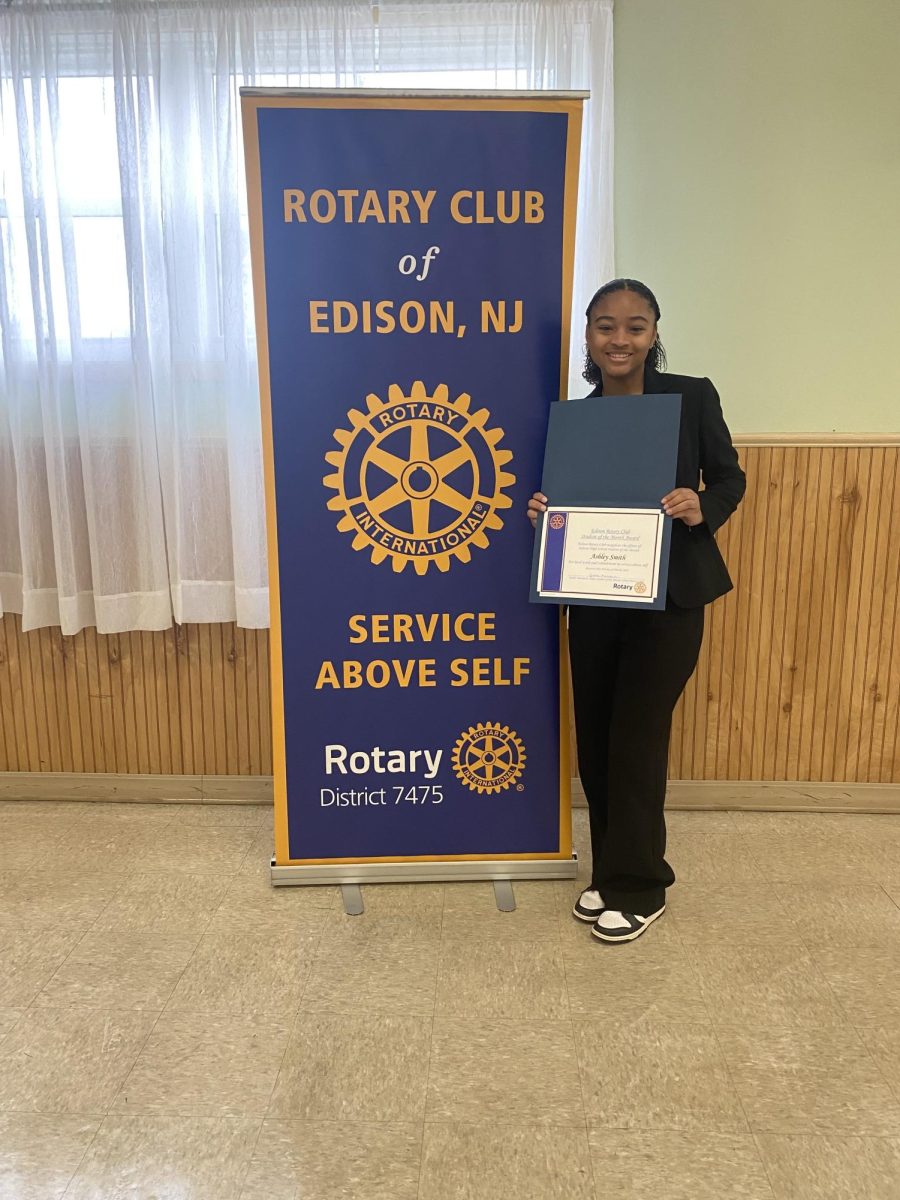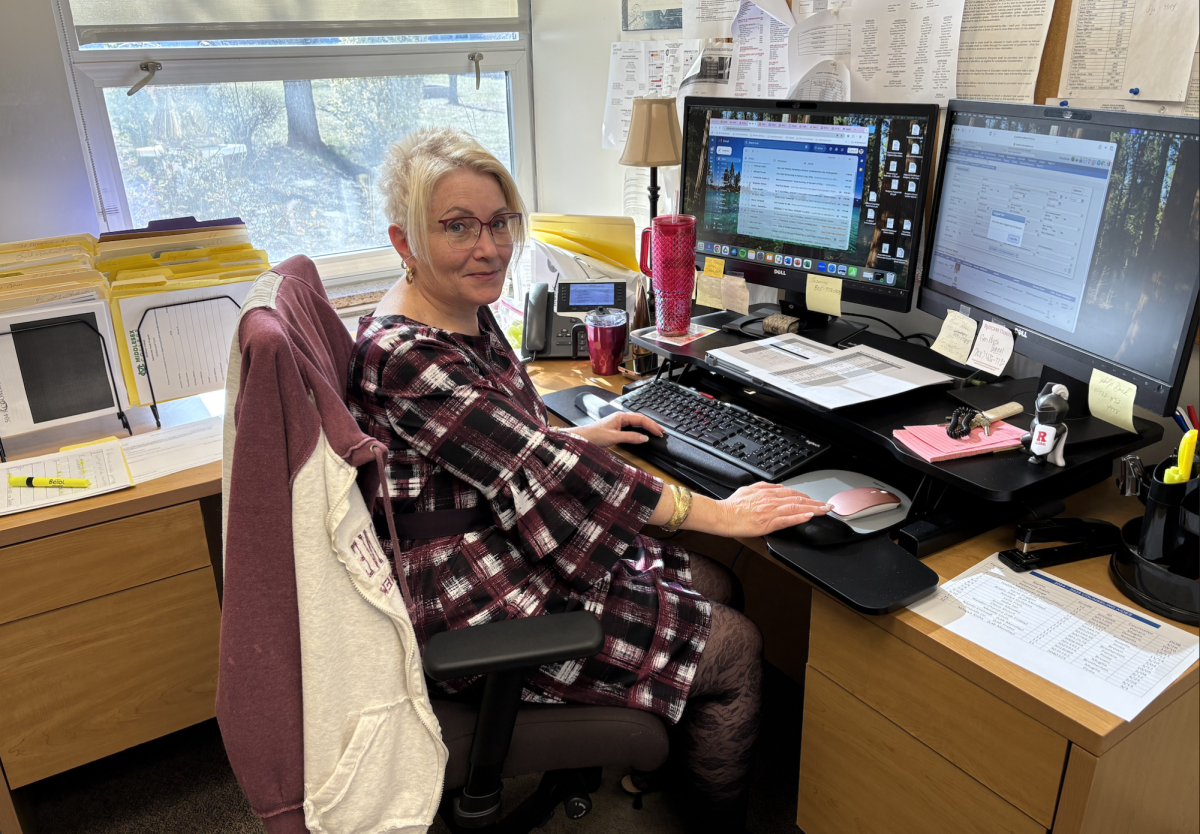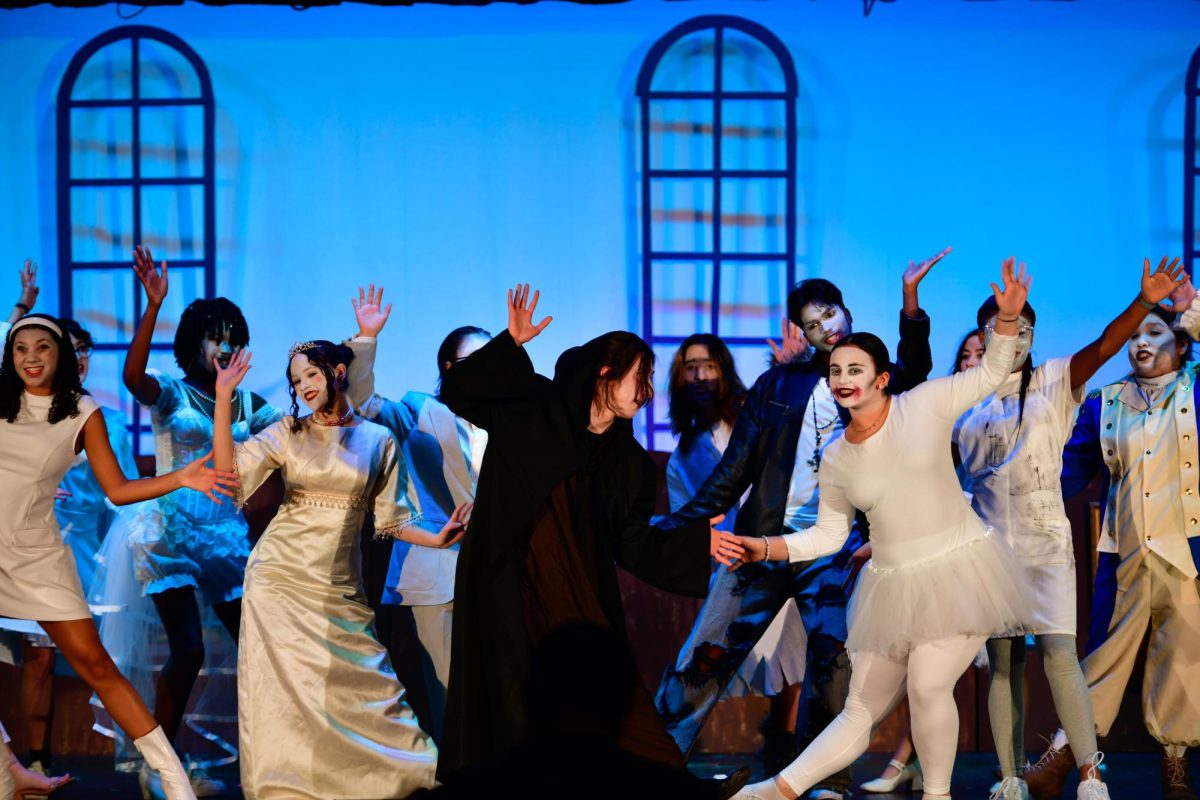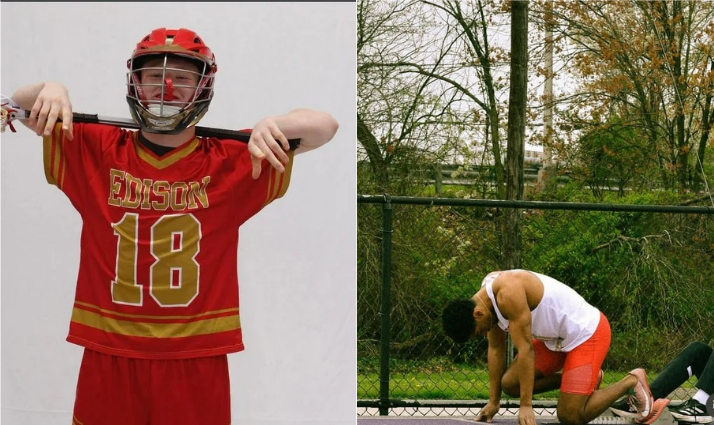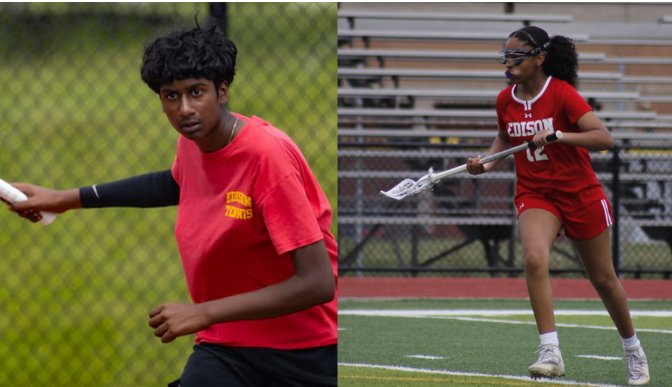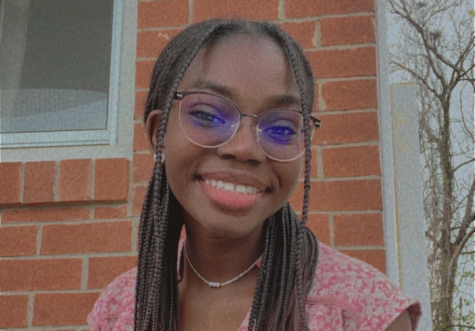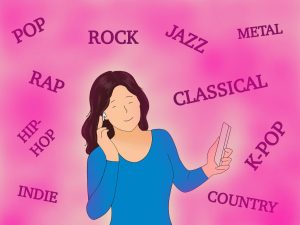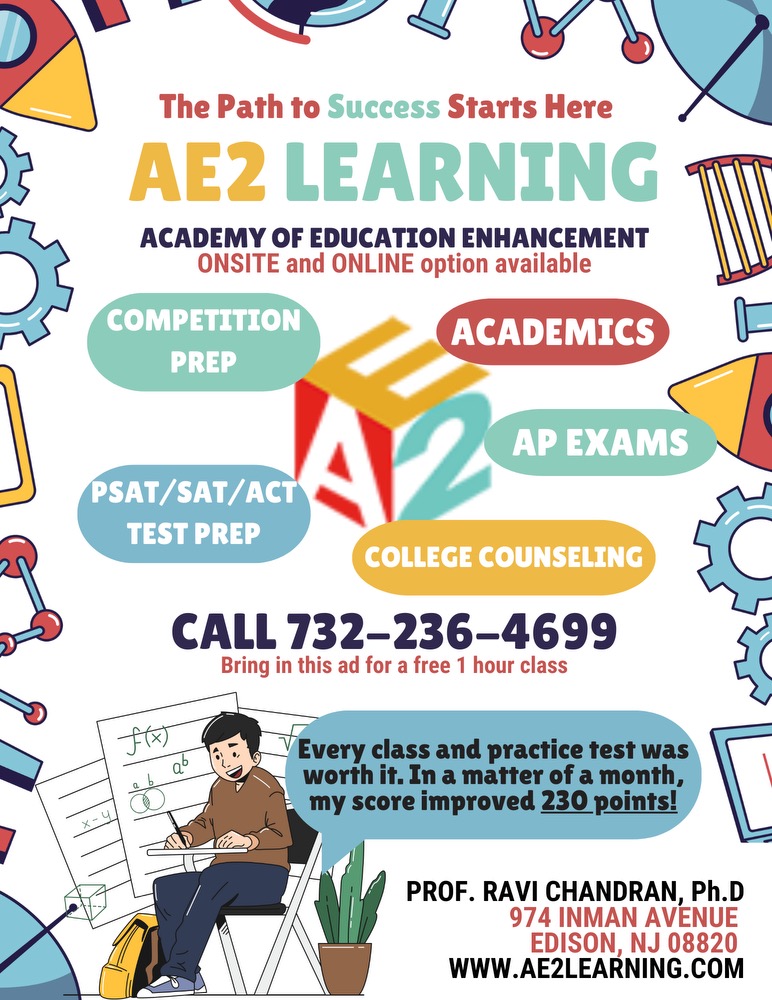Taking A Step Backwards: Bracing for the End of Affirmative Action
Many express their opinions on the recent discussion of affirmative action.
March 30, 2023
For years, laws have kept people of color, specifically Black and indigenous people, out of higher institutions, overall preventing them from achieving intellectual greatness. The panacea has been affirmative action, a system put into place to counter discrimination by taking into consideration a person’s nationality, sex, religion, and socioeconomic status. The controversy surrounding the topic is that colleges accept Black students who are not as qualified and deny Asian and White students who might have greater acheivements. For a long time, people have argued that affirmative action inherently targets White and Asian male students disproportionately. This claim against affirmative action could not be further from the truth.
Although affirmative action has combated discrimination and brought opportunities to students across the country, many have ignorantly tried to put an end to the system. The Supreme Court has already twice ruled against the removal of affirmative action. Twice, the Supreme Court has opposed the claims of Students for Fair Admissions, an anti-affirmative action group, in favor of colleges considering race in admissions.
Recently, with the issue gaining more traction because of recent Supreme Court decisions and new cases such as Students for Fair Admissions, Inc. v. President and Fellows of Harvard College, there has been talk about the Supreme Court ruling later this year that schools cannot explicitly consider applicants’ race. Such an action will affect millions of students applying to colleges in the next two to three years. Black students around the country will fail to describe their socioeconomic problems to admissions officers, simply because they cannot put their race on their application. The impact this ruling has may seem insignificant but when you go to districts with predominantly Black students in low income areas that receive little to no funding from the government there is a clear divide between what the students are given the opportunity to achieve and what they simply can not afford to do. For example, students may not be able to participate in extracurricular acti vites because they have to pick up an extra job after school. That is even considering the school has the funding to provide the extra curricular opportunities a student may want to participate in.
In addition to denying millions of Black students higher education, removing affirmative action will solidify the supposed superiority of White and Asian students—playing into the model minority myth—while simultaneously reversing hundreds of years of progress and civil rights activism. With systems in place like standardized testing already effectively against minority students by ignoring socioeconomic status, it’s hard to say how black students will be able to come back from such a loss. Blocking affirmative action will reduce the number of students of color admitted to selective universities.
Most importantly, the effect on Edison High students specifically may be catastrophic. Edison High is an environment that is full of diversity, yet at times there is a clear divide between Black and Latine students and their Asian and White counterparts. Partially due to the population of Edison itself and partially due to the blindness of the district’s administration to see the clear signs, it is obvious that the ranking of students based on academic prowess is problematic. The removal of affirmative action will lead to solely looking at a student’s academic standing as opposed to taking into consideration their experiences as well.
Take a look at our STEM academy, the students who are supposed to represent Edison’s brightest. The majority of them are of Asian descent. This is not necessarily a problem until you realize that this is what the program looks like year after year. How is it possible that year after year the students admitted into this program are more than 80 percent Asian? The demographic of the STEM class is not the problem; the fact that these are the students who are set up to go to the top programs in the nation is. Look at the systems already in place: There aren’t many opportunities for Black students to get into and excel at top institutions.
I am unsure of the solution to this problem as a whole because it comes from deep-rooted systemic racism, but I am sure that the removal of affirmative action will only make the situation worse.
As a student who is coming from “diverse” area and going to a Predominantly White Institution (PWI), at what point am I going to be surrounded by intellectual equals who are of a similar background to me or even by individuals who are not clouded by their own ignorance? My own privilege is clear, as I am given the opportunity to be in higher classes and go to a top-ranked college in the nation. Yet, how am I supposed to be sure that the removal of affirmative action won’t ruin my sisters’ chances of higher education? The removal of affirmative action from the college application process will destroy opportunities for younger generations of students just like me, or who come from a background in which they are given no opportunities to begin with.
This problem doesn’t just stop at colleges or opportunities for higher education. Outlawing affirmative action could lead to employment opportunities being diminished for minorities. Ultimately, the removal of affirmative action may seem insignificant, but in reality it could ruin the future of millions of Black students for years to come.
So what do? The answer isn’t simple nor concrete. The first step is to educate ourselves. Continuing to learn about the issue and following the Supreme Court’s cases when it comes to educational rights, is essential. The next step is to look at our own district and call out racism and systems of oppression when you see it. Speak out and contact administrators to fix the issues. Change happens one step at a time. Additionally, it is important to be open to criticism, as teachers and students we must be able to learn and grow from our own inherent biases. Support organizations like the American Civil Liberties Union (ACLU) who’s mission is to protect civil liberties and rights for all Americans in courts across the country. As members of society, we can also put into place people who will vote in Supreme Court Justices that will support the well being of ALL Americans.
The goal for many Black students isn’t to simply cosplay as free from discrimination by exceeding their supposed intellectual prowess, and pretend as though they have gained freedom from the oppression they so clearly are subjected to. The goal is to take the systems we are given and make the best of them so that in the future we can change them to provide better opportunities for those that come after us. If we get rid of affirmative action we will be breaking down all progress that we as a community and a society have worked so hard to build.


